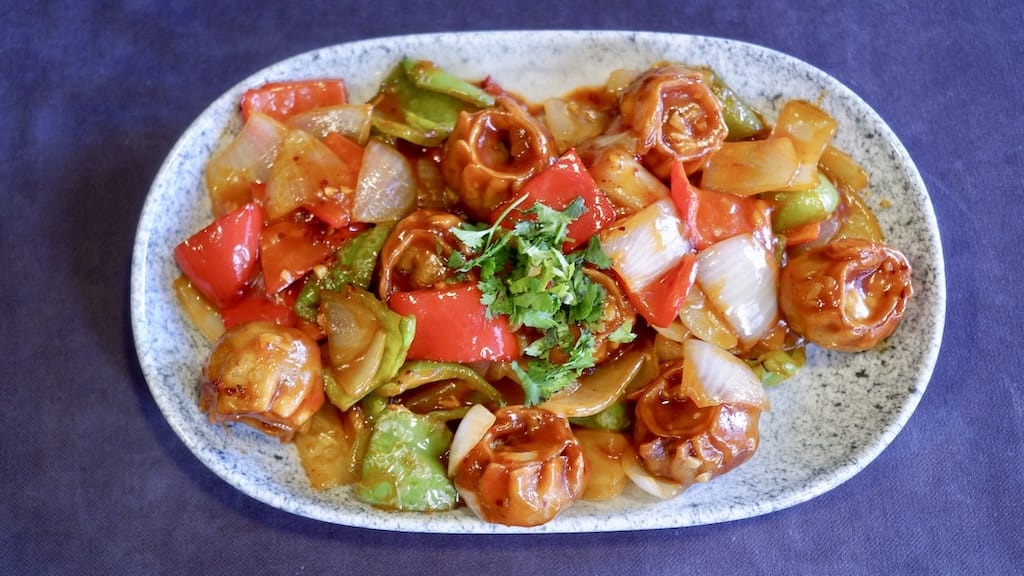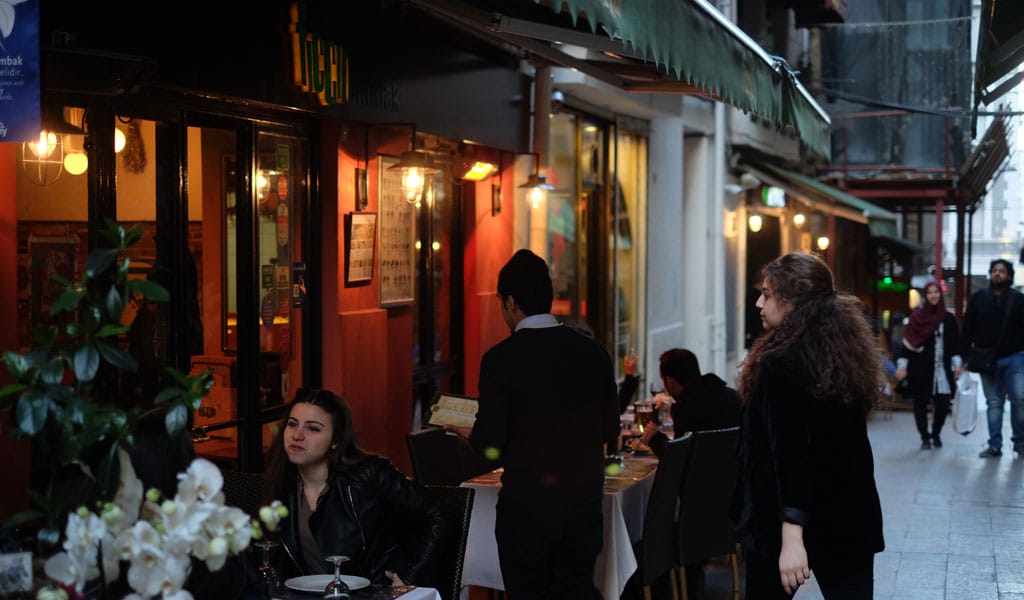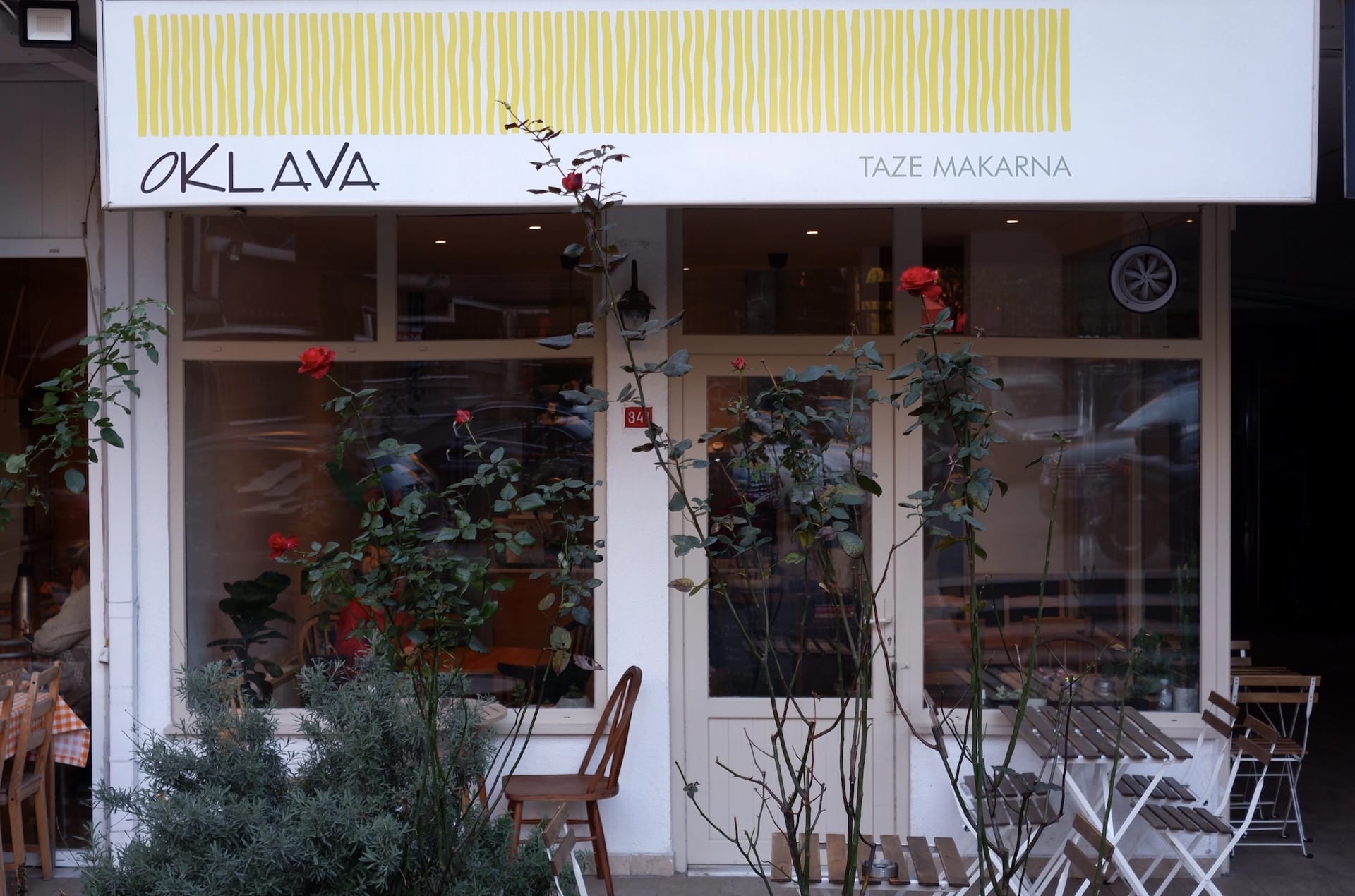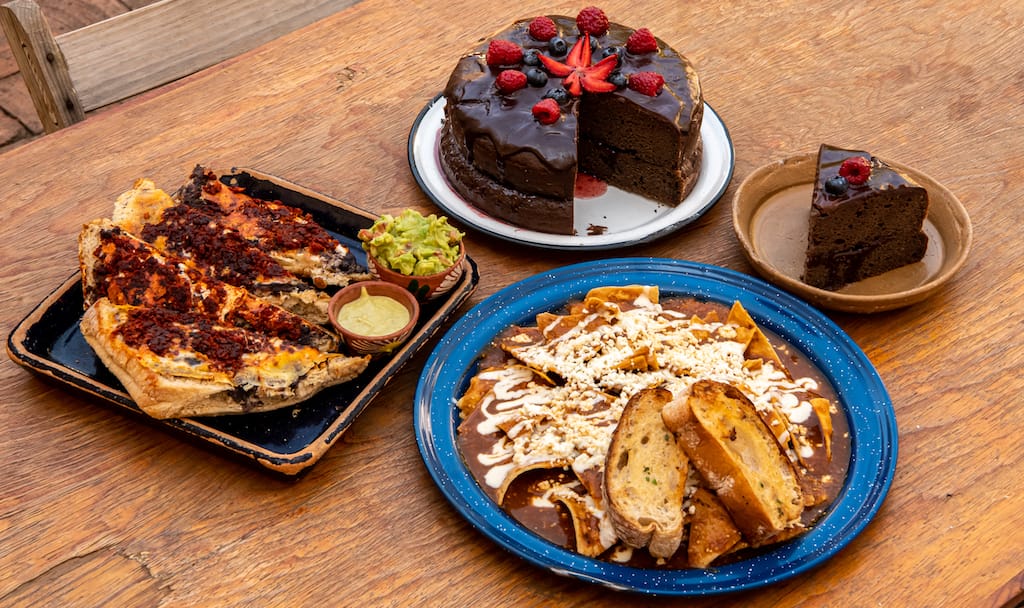Tarlabaşı, right in the heart of Istanbul’s European side, has the reputation of being among the worst areas in the city. While it is certainly run down, we have spent considerable time in the quarter over the years and have had no problems. Its reputation is exaggerated, and if you aren’t looking for trouble, you aren’t likely to find it.
Amid the once-elegant and now dilapidated century-old apartments built by the Greeks and Armenians that originally lived in the area, there are other buildings from a variety of eras on the verge of collapse, while a massive “urban renewal” project that has been ongoing for over a decade amid legal and financial issues has stuck out like a sore thumb as the rest of the rugged quarter retains its character.
On the neighborhood’s central Kalyoncu Kulluğu Avenue, a lot has changed over the past couple of years. The district police station that was torn down and temporarily moved across the street reopened, while next door, Asır, a favorite meyhane of ours, quietly closed its doors after more than half a century in business, most likely due to the pandemic. Another casualty was Bahriye Pub, the adjacent bar that is probably the only one in the city that specifically catered to its trans community. It is among this constant change that we find – aptly named – The Himalayan Restaurant.
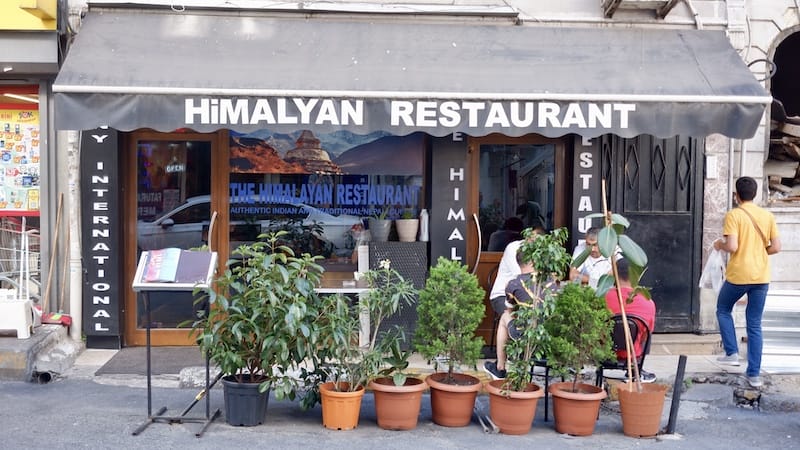
The Himalayan Restaurant’s owner, Rajan Yongon, came from northeastern Nepal to Istanbul in 2010. He initially worked at a number of restaurants before launching a travel agency, and then opened the first incarnation of the Himalayan Restaurant on Beyoğlu’s Mis Street, one of our favorite corners of the district due to its excellent bars and meyhanes.
“It was doing very well but I had to shut it down during the Covid-19 pandemic; it couldn’t survive those times,” Yongon explained. He tried again nearby at Balo Street, which was, once upon a time, among the most raucous entertainment hubs in the area due to a number of popular bars and clubs that have now mostly all closed down, owing to the sweeping changes in Beyoğlu – the district has been transformed into more of a commercial area, severely threatening its nightlife.
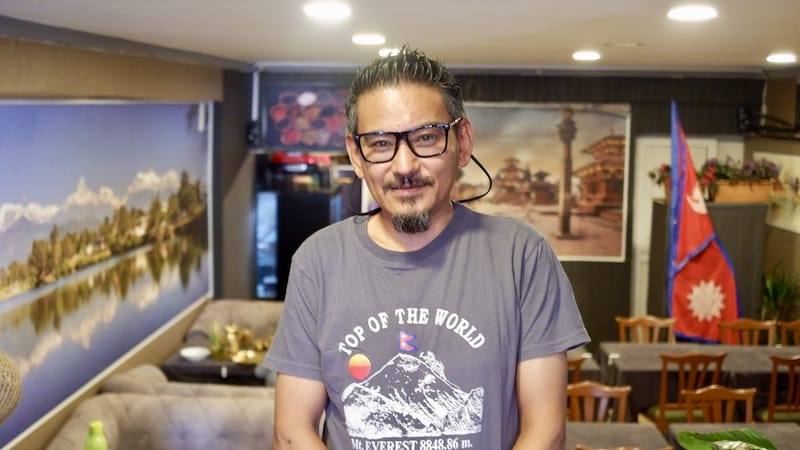
That location also struggled, so Yongon decided to move his restaurant to Tarlabaşı, where he opened shop just over two years ago. While some might have balked at the decision to launch a business in the seedy neighborhood, Yongon took a chance. He might not be from the city originally but he is no stranger to the area, having spent 12 of his 13 years in Istanbul living in Tarlabaşı.
“I know the area and I know the people. They know me, and I know them. Otherwise, it was a tough decision to start a business here, being a foreigner,” he said. On the other hand, it makes sense. Tarlabaşı itself is known for its diverse mix of refugees and migrants alike from all over.
“The number of local customers is increasing every week,” Yongon said, adding that while 70 percent of his customers are tourists, 30 percent are Turkish, not a small figure given the country’s general skepticism toward international cuisine. He added that Indian tourists are his second-largest demographic, not surprising given the overlap between Nepali and Indian cuisines.
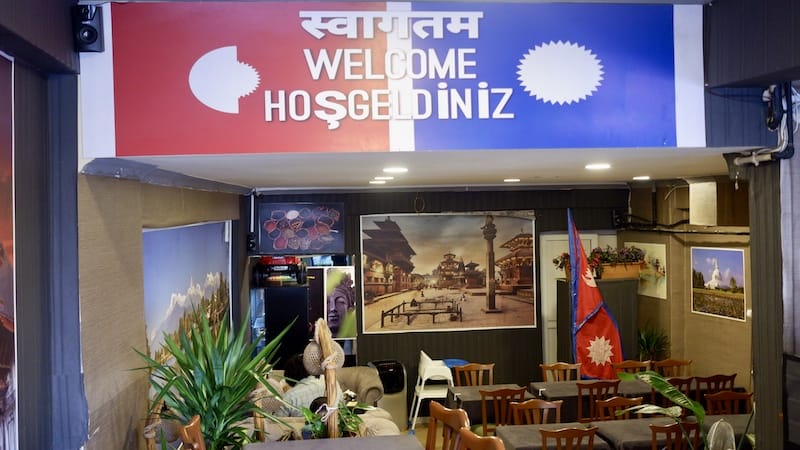
On our first visit, we had the Nepali Thali, which was a stunning array of colors and flavors, some familiar and comforting, others novel and exciting. It comes with your choice of protein and curry (there are vegan, vegetarian, chicken and mutton options) and is served with unlimited basmati rice and a dazzling configuration of sauces, pickles, appetizers, dumplings and vegetables. We had no trouble demolishing the entire dish, and were served a complimentary green herbal tea with mint, lemon and honey, which aids in digestion and caps off the meal perfectly.
On another visit, we ordered the chicken biryani, which was delightfully spicy, with ample chunks of tenderly cooked chicken. The dish boasted a cornucopia of aromatics and was served with two tastebud-tickling sauces on the side as well as a small bowl of yogurt to tame the fire. The portion was huge and we ended up taking half of it to go.
During our latest trip, we opted for the chicken chili momos, Nepali dumplings stir-fried and dunked in scorching red pepper sauce. When asked how spicy we would like it on a scale of 1-10, we opted for a six thinking we’d enjoy a nice burn, but ended up proving a bit overconfident about our penchant for the piquant.
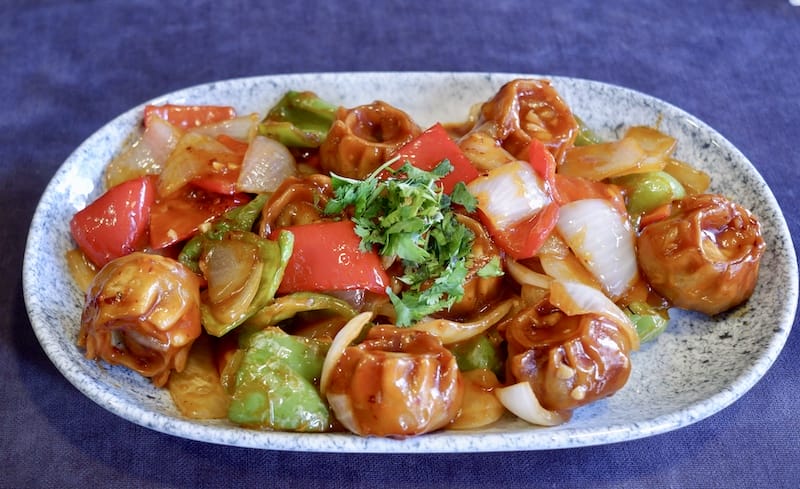
Made to order, the fried chili momos came out sizzling, alongside healthily-sliced pieces of green peppers and onions. Despite being covered in the flame-red sauce, the dumplings remained crispy and savory. We won’t lie, we were in tears and had broken out into a sweat within the first several bites, but the heat wasn’t relentless, it would back off and give you room to cool down until you dived in for more. We thought about taking half of the dumplings to go, but were concerned they would lose their perfect crispness, so we forged ahead. By the time we were finished, we found ourselves sheepishly grinning and staring at the wall, perhaps due to the natural high that severely spicy food can create.
Despite having opted for chicken each time we’ve gone to the Himalayan Restaurant, there are vegan and vegetarian options for practically every dish. Yongon told me that as a Buddhist, he has always been vegetarian, and for political reasons has recently become vegan. We’ll probably order the vegan chili momos next time, as the heat and crunch are the stars of the dish, which is among the staples of Nepali cuisine
“Momo was adopted from Tibet a thousand years ago, but Tibetan and Nepali momos are completely different, in terms of spice, herbs and many things used to make them,” said Yongon. He added that his blistering peppers, spices and herbs are imported from Nepal, and when he is unable to procure them from his native country, he gets them from Dubai, where there is a substantial Nepali community.
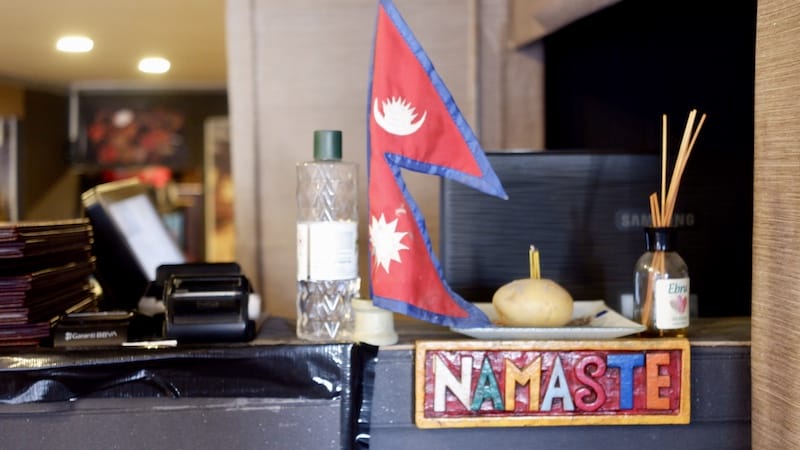
“Nepali food and Indian food share the same kinds of spices and curries. Nepal is a very small country and the food culture is influenced by China, especially Tibet, and India as well. That’s why I can say that our food is a fusion of Indian and Chinese cuisine,” Yongon said.
It is a delicious and harmonious fusion that has left us delighted and satisfied every time, and the Himalayan Restaurant is an excellent addition to Tarlabaşı, a place constantly changing yet also retaining its gritty spirit. The old kıraathane (coffeehouse) across the street has been there for ages, and the same groups of older men from the neighborhood can be found there day and night sipping tea, playing board games, or just chatting and enjoying the cool evening air that comes as a welcomed surprise amid Istanbul’s typically muggy, humid summers. We left still feeling the burn of the chili momo and made our away across the six-lane Tarlabaşı Boulevard, leaving behind the neighborhood and all that it offers, at least until our next visit.
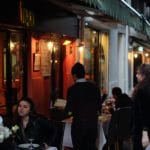 July 23, 2024 Fıccın
July 23, 2024 Fıccın
When Leyla Kılıç Karakaynak opened up a tiny restaurant on Kallavi Street in Istanbul's […] Posted in Istanbul May 15, 2024 Oklava
May 15, 2024 Oklava
The main street that flanks the Gayrettepe metro station in central Istanbul is lined […] Posted in Istanbul April 11, 2024 Oscuro Brebaje
April 11, 2024 Oscuro Brebaje
As difficult as the last two years have been for food businesses, it has offered many […] Posted in Oaxaca
Published on September 01, 2023
Related stories
July 23, 2024
IstanbulWhen Leyla Kılıç Karakaynak opened up a tiny restaurant on Kallavi Street in Istanbul's Beyoğlu district in 1996, she couldn't have predicted that she would end up practically running the whole street. That small restaurant, Fıccın, is now spread across six buildings on the same block-long pedestrian-only street and has become an Istanbul institution. The…
May 15, 2024
IstanbulThe main street that flanks the Gayrettepe metro station in central Istanbul is lined with a number of imposing skyscrapers that increase in frequency as the avenue progresses towards the frenetic Mecidiyeköy district, a stretch of urban chaos that has a Gotham City vibe, particularly when it’s rainy, cold and dark outside. But heading into…
April 11, 2024
OaxacaAs difficult as the last two years have been for food businesses, it has offered many establishments an opportunity to rethink how they do things and come back with a greater sense of purpose. Take the example of Oaxaca’s Oscuro Brebaje, a café that took a pause, only to emerge stronger and more inviting. Founded…







































